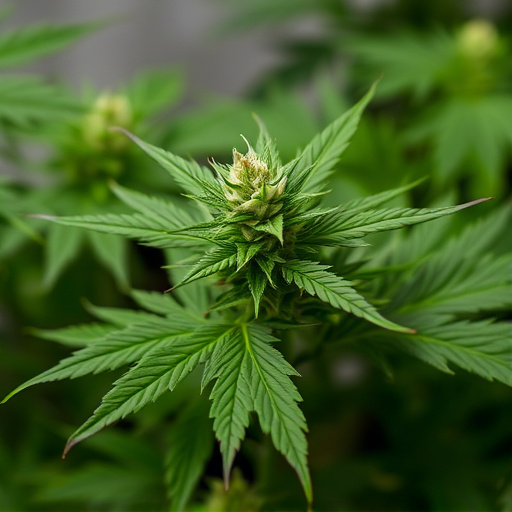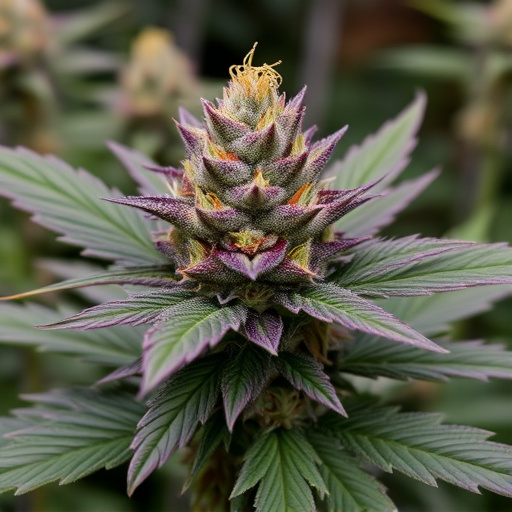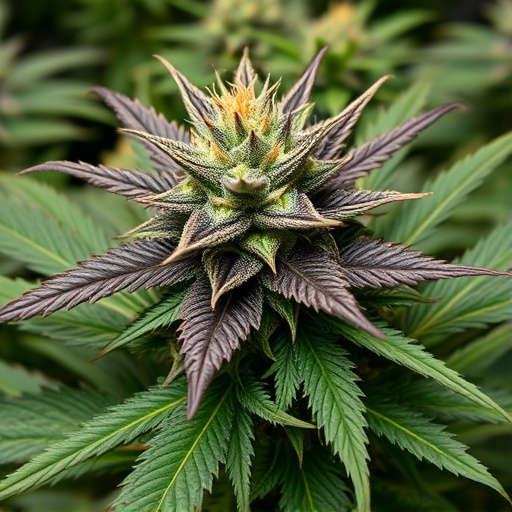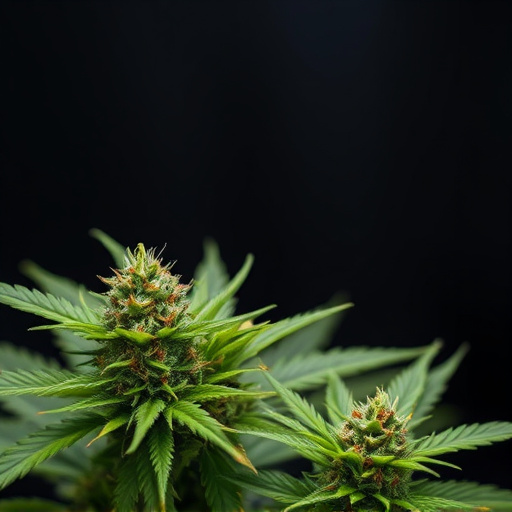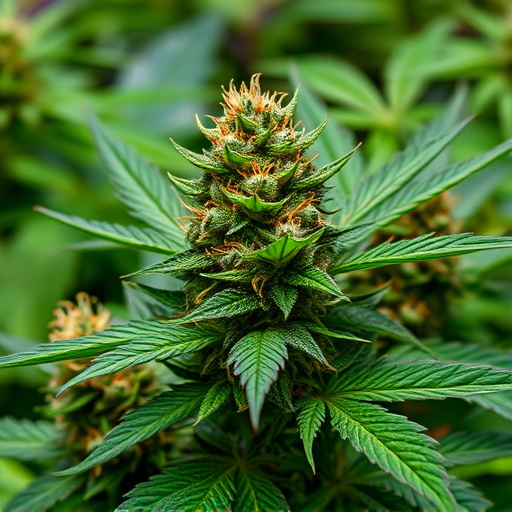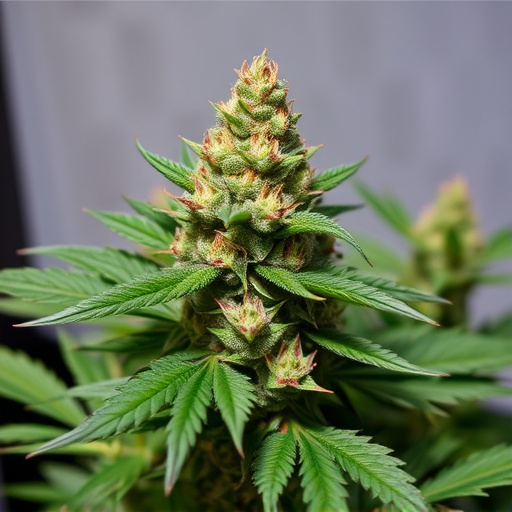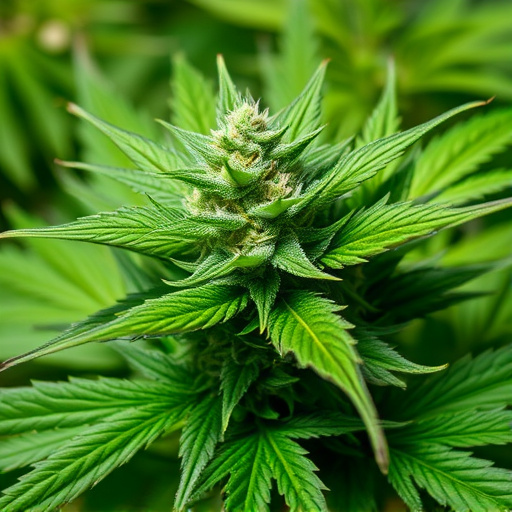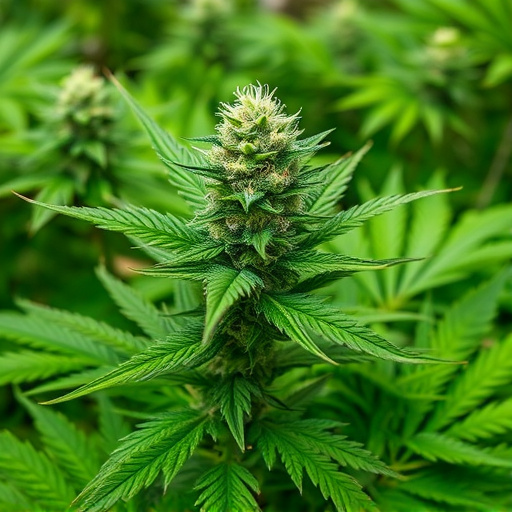High THC cannabis strains significantly impact appetite, a phenomenon known as "munchies." THC interacts with the endocannabinoid system (ECS) in the brain, regulating hunger and pleasure associated with eating. This interaction leads to increased cravings for high-calorie foods. While some users experience heightened hunger, others may face disruptions or decreased interest in food due to individual variations in ECS response and underlying medical conditions. Further research is required to fully understand the complex relationship between cannabis chemistry and human biology regarding appetite.
“Ever felt an overwhelming desire for snacks mid-movie, known as ‘munchies’? This phenomenon is more than just a cultural reference; it’s rooted in complex neurochemical interactions. In this article, we explore the science behind the munchies, focusing on the role of THC and its impact on our appetite. From understanding how THC stimulates hunger to examining the effects of high THC cannabis strains, we delve into the neurochemical basis of these cravings. Learn how these strains can either enhance or disrupt your appetite, providing insights that go beyond popular myths.”
- Understanding the Role of THC in Appetite Stimulation
- The Neurochemical Basis of Munchies
- High THC Strains: Enhancing or Disrupting Appetite?
Understanding the Role of THC in Appetite Stimulation
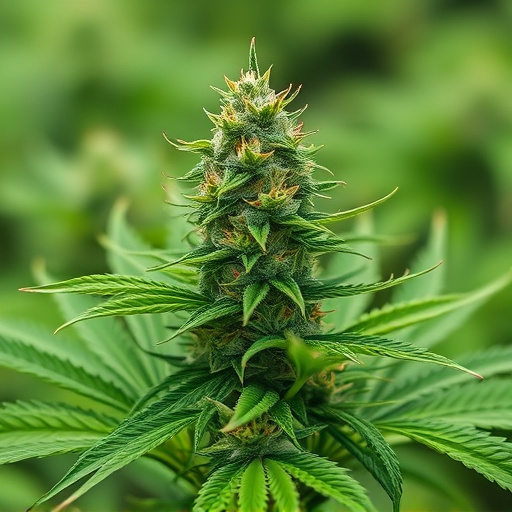
THC, or tetrahydrocannabinol, is a key compound in cannabis known for its role in inducing the “munchies” phenomenon. When consumed, THC interacts with our endocannabinoid system (ECS), which regulates various bodily functions, including appetite and hunger. This interaction can lead to increased feelings of hunger and desire to eat, often resulting in an intense craving for high-calorie, high-fat foods—a common experience for those who enjoy high THC cannabis strains.
The impact of THC on appetite is a complex process involving the brain’s reward system. It stimulates areas like the ventral tegmental area (VTA) and nucleus accumbens, enhancing the pleasure associated with eating. This stimulation can override normal appetite controls, making individuals seek out food as a source of enjoyment rather than just sustenance. Thus, understanding THC’s effects on the ECS is crucial in comprehending why certain cannabis strains known for their high THC content can significantly influence a person’s desire to eat.
The Neurochemical Basis of Munchies
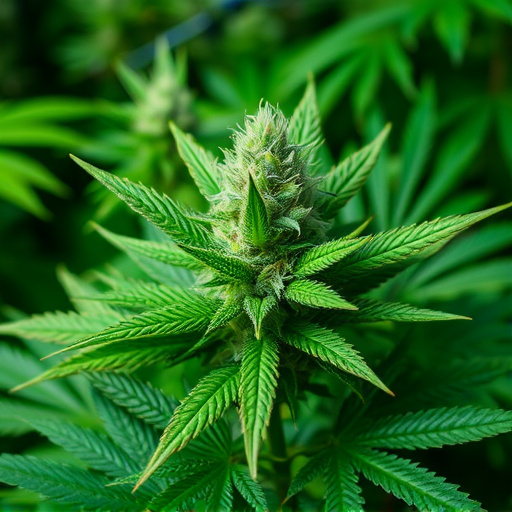
The “munchies,” that insatiable craving for food, is not just a colloquial term but a real phenomenon with a complex neurochemical basis. Research has shown that cannabis, particularly high THC strains, can significantly alter brain chemistry and stimulate appetite. THC binds to endocannabinoid receptors in the hypothalamus, the region of the brain responsible for regulating hunger and satiety. This binding disrupts the normal balance, leading to an increased desire for food.
Beyond THC, other cannabinoids and terpenes present in cannabis also play roles. Terpenes like myrcene and limonene, known for their aroma and flavor profiles, have been linked to appetite-stimulating effects. Together, these compounds create a synergistic interaction that can intensify the munchies, especially when consuming potent high-THC strains. Understanding this neurochemical basis offers insights into why cannabis users often experience intense cravings for specific types of food during and after consumption.
High THC Strains: Enhancing or Disrupting Appetite?
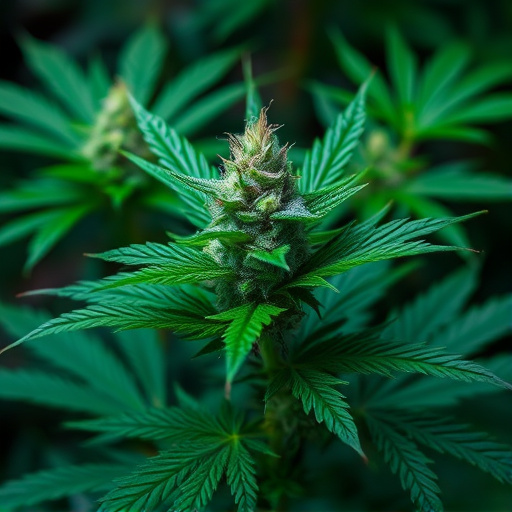
High THC cannabis strains have been a subject of interest for their potential impact on appetite and eating habits. While some users swear by their ability to enhance hunger, others experience disruptions in their appetite. The science behind this phenomenon is complex and multifaceted. THC, the primary psychoactive compound in cannabis, interacts with our endocannabinoid system (ECS), which plays a crucial role in regulating hunger, among other bodily functions.
At higher concentrations, THC can stimulate certain receptors in the ECS, potentially leading to increased appetite. This effect has been observed in both animal studies and some human experiences. However, individual responses can vary greatly. For some, especially those with conditions like anorexia or chronic pain, high THC strains may have the opposite effect, causing disinterest in food or difficulty concentrating on eating. Understanding these disparities requires further research to uncover the complex interplay between cannabis chemistry and individual biology.
In understanding the science behind the munchies, particularly the role of high THC cannabis strains, it’s evident that these strains can significantly impact appetite. The neurochemical basis of munchies involves complex interactions between THC and various brain regions, leading to increased food cravings. While some users appreciate the appetite-stimulating effects of high THC strains, others may experience disruptions in their eating patterns. Awareness of these effects is crucial for both recreational and medicinal users, highlighting the need for further research into the optimal use of high THC cannabis strains.



